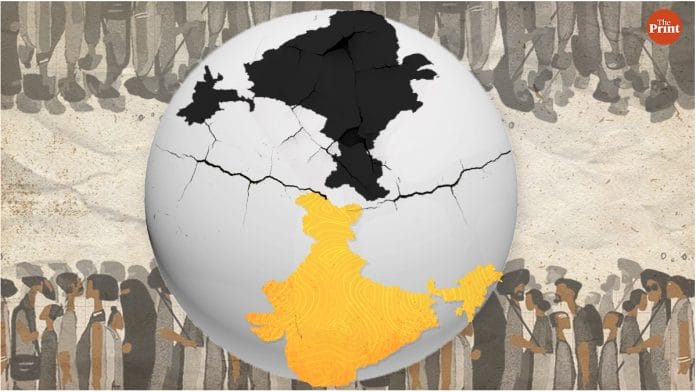The fifth National Family Health Survey’s findings make it clear yet again that there are indeed two Indias, as the comedian Vir Das has said in his own way. The India represented by Tamil Nadu has less than a third of the diarrhoea cases reported from the India represented by Bihar. It also has only 40 per cent of the infant mortality rate, and 60 per cent of the fertility rate. The obverse is that Bihar has only two-thirds of Tamil Nadu’s ratio for literate women, or doctors per 1,000 population, but a 50 per cent higher ratio of stunted and wasted children.
Yet, remarkably, both belong to the same India when it comes to households that have electricity and drinking water (between 95 per cent and 100 per cent). And when it comes to women with bank accounts, the gap is smaller than for some other metrics (92 per cent in Tamil Nadu, 77 per cent in Bihar). One would expect that, progressively, we will see more of the India that Tamil Nadu represents. But given the different fertility ratios, we will have many more Indians whose lived reality is Bihar.
Tamil Nadu’s India, comprising most of Southern and Western India and states like Haryana, has annual net income per head of about $3,000. That is a handsome 75 per cent more than the national average for net income. All of India’s per capita income is slightly lower than Nigeria’s. Tamil Nadu’s is closer to that for the Philippines. Bihar, with barely a third of India’s net income per head, might get bracketed with Niger, ranked 204th out of 215 countries and territories on per capita income, and with the world’s lowest human development index. UP might get clubbed with Niger’s neighbour in the Sahel, Mali.
Also read: The India that Vir Das and liberals want – and the one they won’t talk about
So we definitely have two Indias — with Africa’s Sahel region and the Philippines co-existing in quite different worlds. There is no point comparing economic growth rates because claims of state growth rates are even more unreliable than the national number. But it is easy to see that private investment is headed for the India that might catch up with the Philippines, not the India that compares with the Sahel. Does public investment level the scales? You might think so, given that some infrastructure projects in UP are in the news. But per capita fiscal transfers from the Centre are lower for Bihar than for the richer states. And the poorer states’ own tax resources are only slivers of what the better-off states have.
These two Indias are not getting any closer together, even if their worlds overlap. UP has built impressive expressways and claims that it will have Asia’s largest airport at Jewar, but Delhi’s existing airport has already handled Jewar’s Phase 4 passenger capacity, planned for decades hence, and Asia has five even bigger airports. In any case, Jewar’s real catchment area is not so much the hinterland of Western UP as the National Capital Region.
The way in which the playing field gets levelled for those in benighted lands is through migration to more prosperous places. Much of the country woke up to the scale of this east-to-west migration only when those millions trudged back east, for hundreds of kilometres, during the Covid lockdown of 2020. But now we have states like Haryana clamping down against the hiring of “outsiders”, not realising that people from the India of the Sahel are willing to work for lower wages, in often Dickensian working conditions, that would be unacceptable to Haryana’s sons-of-the-soil wannabes. These latter want to belong to Gurugram’s glass towers but don’t have the education to get there — because there are two Haryanas, too. When you put the two Indias together, there isn’t enough economic growth to create enough jobs to go around; and the less healthy, less educated Indians in places like Bihar will hurt even more if migration offers less of an escape.
By special arrangement with Business Standard
Also read: Thank god for Netflix and Vir Das. India’s craving comedy and satire, but TVs are a no-go






